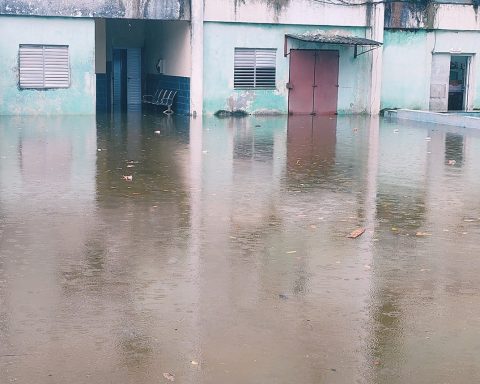Madrid, Spain.- The energy crisis that hits Cuba has worsened this Monday, the day one of the highest electric deficits registered in recent years will be recorded. As reported by Cuba Electric Union (UNE) In its daily informative note, an affectation of up to 1858 megawatts (MW) is expected at the peak schedule, scheduled for the night, due to an estimated demand of 3450 MW and an availability of just 1652 MW.
The official journalist Lázaro Manuel Alonso He described this forecast as one of the highest of recent times and pointed out that work is maintained to return to the National Electric System (SEN) units out of service due to breakdowns. In particular, he mentioned block 1 of Felton’s thermoelectric plant, whose reinstatement is expected for this Tuesday.
During the day yesterday, the country experienced affectations during the 24 hours, with a maximum interruption of the service recorded at 8:30 p.m., when the demand reached its highest point. This Monday, the affectation has continued during the early morning, and it is estimated that at noon about 1350 MW will remain disconnected, which will significantly affect the supply throughout the national territory.
Currently, the Real system availability is 1527 MW, in the face of a demand of 2700 MW, which generates an immediate affectation of 1190 MW. The production of energy by renewable sources, such as photovoltaic solar parks, remains low: just 906 megawatts time (MWh) yesterday.
The situation reflects the Structural crisis in the Cuban energy systemaggravated by four national blackouts that occurred in less than six months. The most recent took place in mid -March, when most of the nearly 10 million Cubans remained without electricity during a full weekend.
Independent experts attribute this crisis to a chronic infinance of the electricity sector, under absolute state control since 1959. Meanwhile, the authorities insist on the need to rationalize the consumption and urgency of a structural transformation of the system, although no concrete plan or recovery schedule of the most critical thermal units has been communicated.













